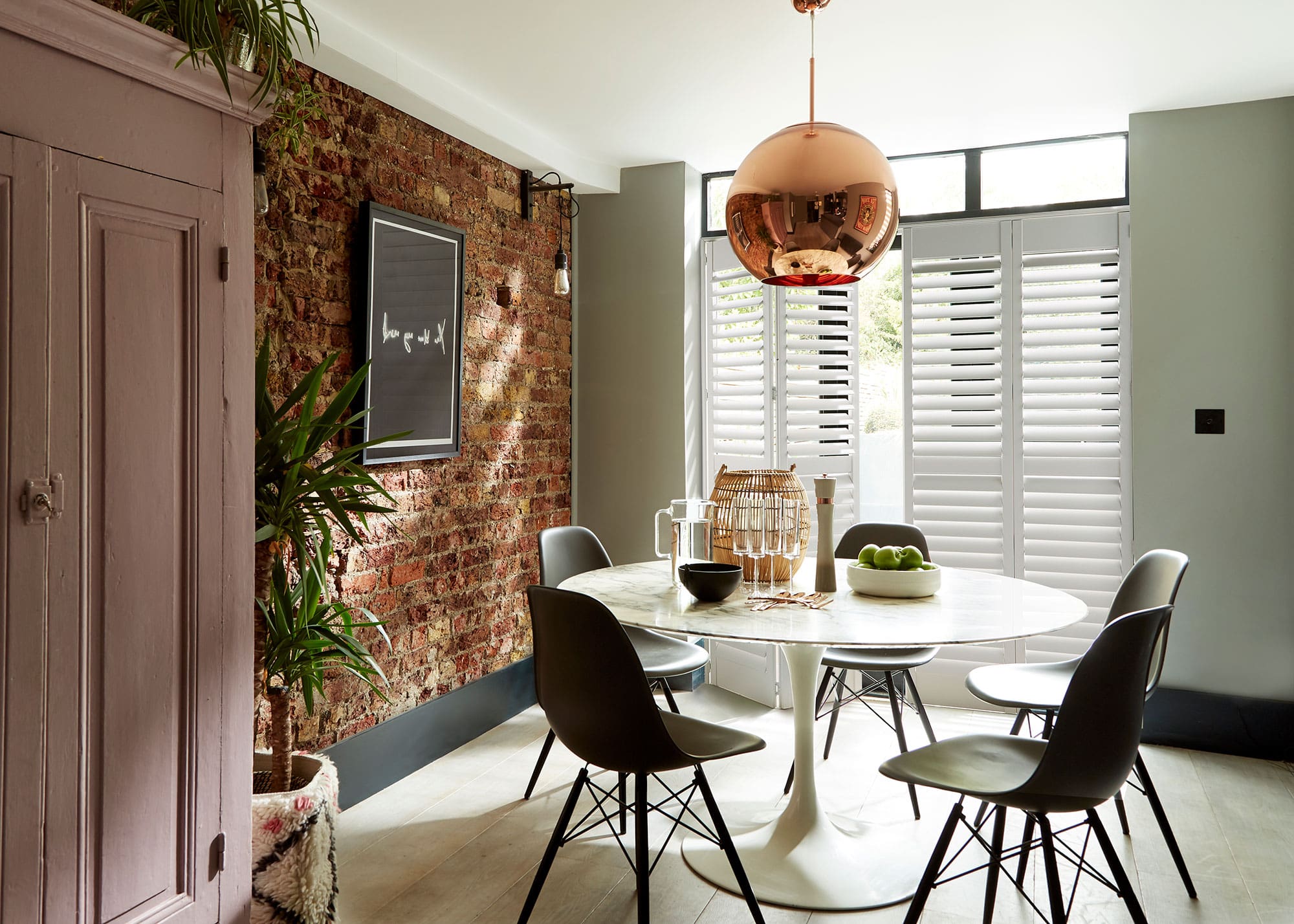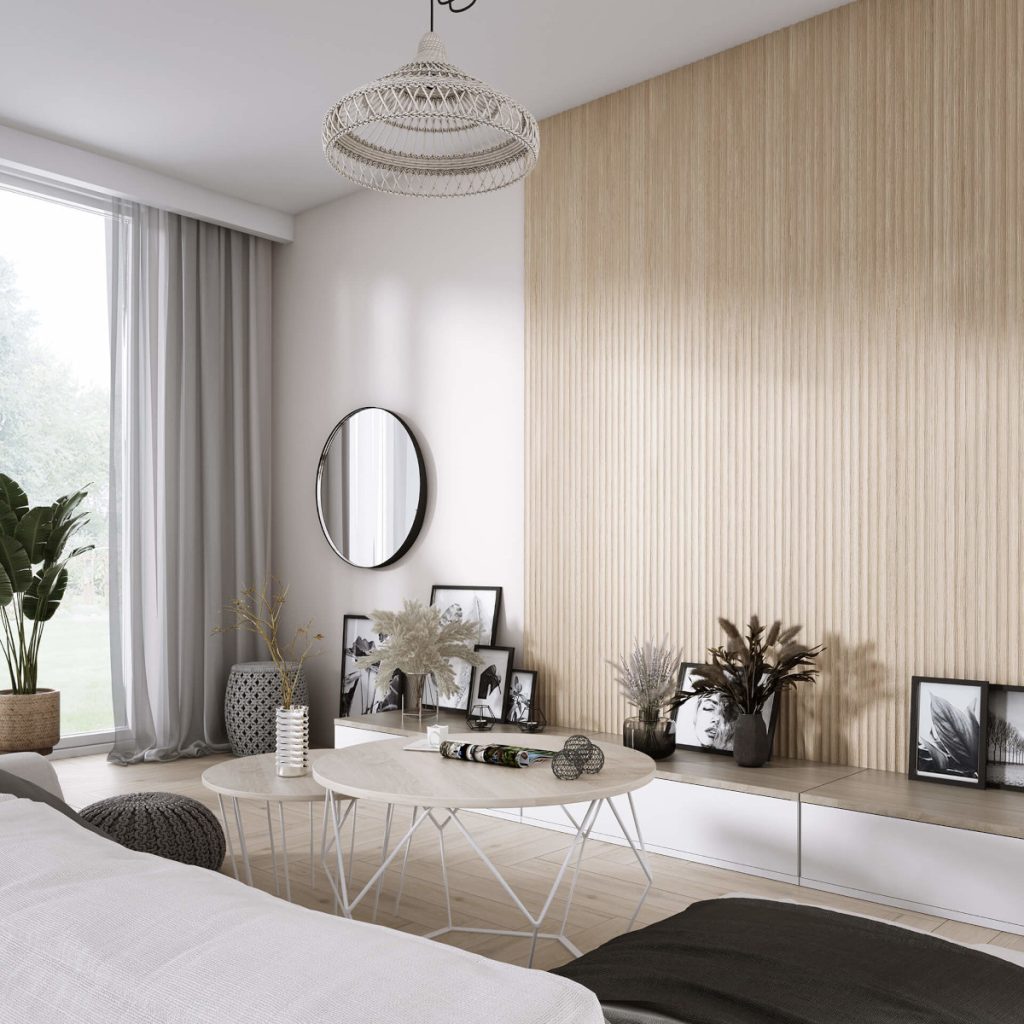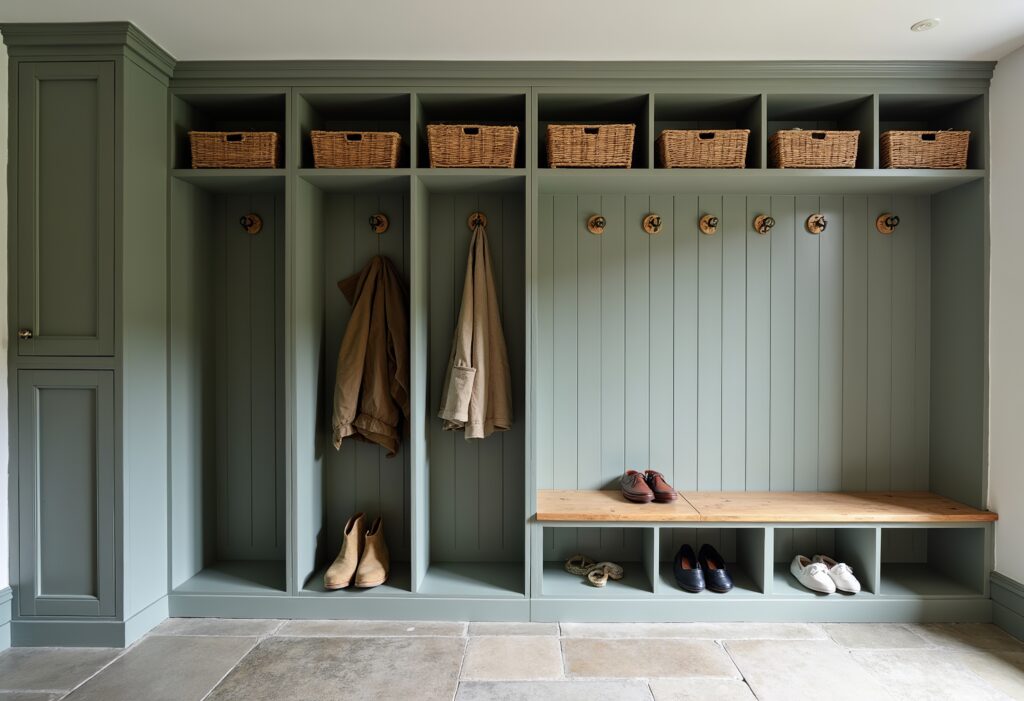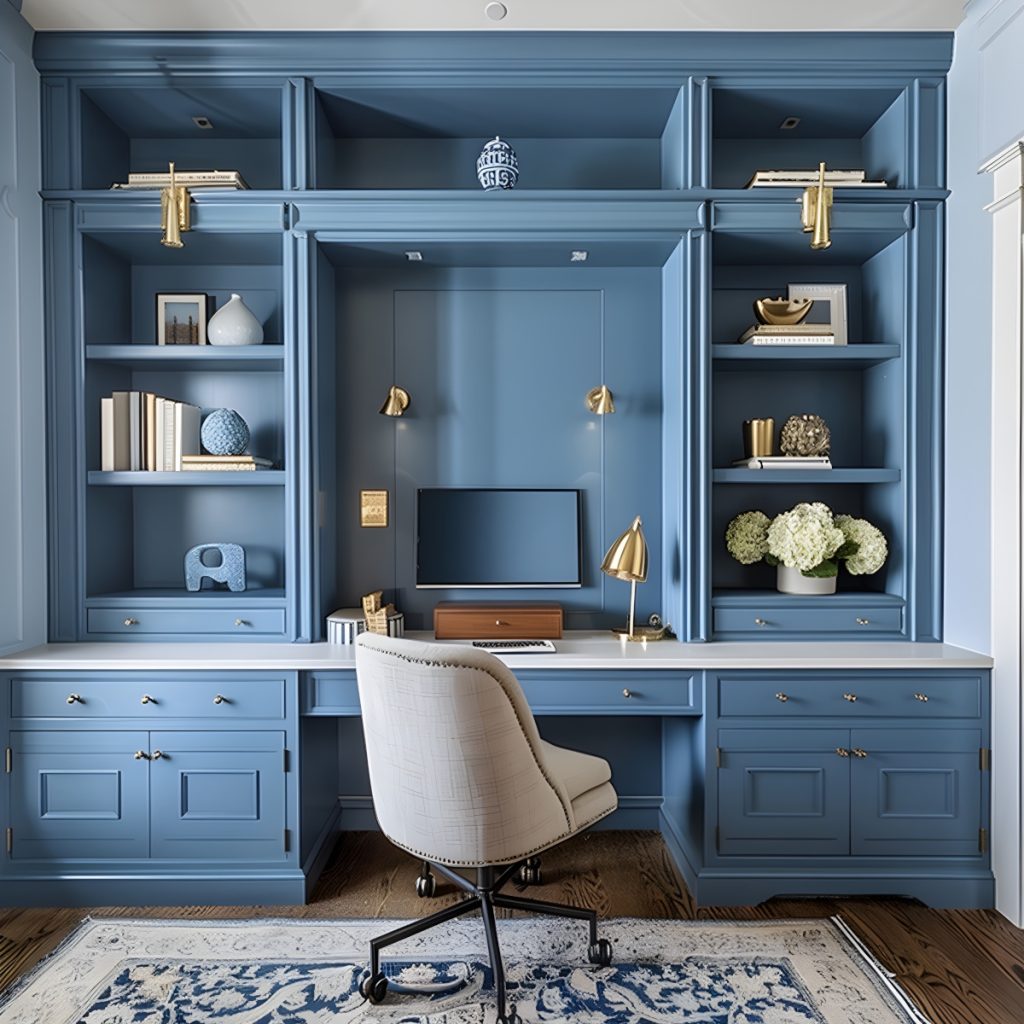Industrial Interior Design: Enjoy the Urban Aesthetic at Home

Estimated reading time 7 minutes
Industrial interior design offers a distinctive way to bring the urban vibe of factories and warehouses into the comfort of your home. With a focus on raw materials, open spaces, and minimalist detailing, this style creates interiors that are both striking and practical.
In this blog, we’ll explore how to embrace the industrial aesthetic while making it work for modern living, showcasing how thoughtful design and craftsmanship can transform your space.
What is industrial interior design?
Industrial interior design draws its roots from the converted warehouses and factories of the early 20th century, where exposed brickwork, steel beams, and concrete floors were left visible out of necessity rather than style. This utilitarian approach gradually evolved into a popular aesthetic which celebrates the raw and unrefined.
With its foundations in urban architecture and repurposed materials, the style is defined by its honesty, showing the structure of a space rather than concealing it. It’s a design language that values simplicity, durability, and functionality, all while paying homage to the industrial past.
Today, industrial interior design continues to appeal for its balance of edge and elegance. Its stripped-back look suits modern living, offering a refreshing contrast to overly decorative styles. It places an emphasis on clean lines, practical materials, and open-plan layouts, which typically fits well with contemporary homes where versatility and space is prioritised.
The style also has an adaptability that plays a role in its enduring popularity. Whether softened with natural wood or paired with sleek modern finishes, industrial design can be personalised while still retaining its distinctive character.
Key features of industrial interior design
Industrial interior design combines practicality with strong visual impact, using honest materials, simple forms, and considerate use of space. Incorporating key elements of the industrial aesthetic can bring a bold, modern edge to your interiors.
Exposed materials: brick, steel, concrete
At the heart of industrial design is a celebration of structural elements that are usually hidden from view. This can include exposed brickwork, visible steel beams, concrete flooring, and piping, which all contribute to the unfinished yet considered aesthetic. Rather than covering or concealing, the industrial look invites these components to become focal points within the design.
Open spaces and minimal ornamentation
Industrial interiors often take inspiration from expansive warehouse layouts, where high ceilings and open-plan designs enhance the feeling of space. Instead of filling rooms with excessive decoration, the style leans towards a restrained, pared-back approach that highlights form and function. Carefully chosen furniture and home storage pieces will allow each element in the room to serve a purpose without cluttering the space, making it ideal for those who prefer a more streamlined way of living.
Neutral colour palettes and raw textures
A muted colour scheme plays an important role in industrial interiors, typically featuring shades of grey, black, white, and earthy neutrals. These tones help to amplify natural light and give materials like timber, metal, and stone room to stand out. Texture is equally important; brushed steel, aged leather, weathered wood and matte finishes all add depth and warmth to the otherwise understated palette.
How to bring industrial style into your home
Bringing industrial style into your home means creating a space that feels balanced, functional, and effortlessly stylish. By focusing on material choices, layout, and detailing, you can achieve an interior that captures the urban aesthetic while still feeling warm and liveable.
Work with a palette of raw materials
A raw materials palette is central to industrial interior design, where the beauty lies in showing rather than concealing the structure of a space. Think exposed brick walls, reclaimed timber beams, concrete floors, and steel-framed windows or shelving, with each element bringing texture, character, and a sense of authenticity. These materials work best when used with intention, creating a cohesive look that feels both lived-in and refined.
Keep the layout open and functional
An open, functional layout is key to achieving an authentic industrial feel. Inspired by the spaciousness of former warehouses and lofts, this design approach emphasises clean lines, clear sightlines, and a sense of flow between zones.
Furniture should be arranged with purpose, avoiding unnecessary clutter and allowing each piece to serve a distinct function. Fitted elements, like Kingswood at Home’s tailored storage designs, can help maintain openness while still offering practical solutions, ensuring that even hardworking spaces like kitchens or living areas remain uncluttered and well balanced.
Choose furniture with purpose and presence
Furniture in an industrial-style home should feel deliberate and substantial. Pieces are often simple in form but bold in presence, such as solid wood tables, metal-framed chairs, and low-profile leather sofas. The focus should be on clean lines, minimal detailing, and materials that age well over time.
Rather than filling a space with decorative items, industrial interiors rely on a few well-chosen pieces that offer both function and visual impact. This considered approach helps maintain the balance between simplicity and character that defines the style.
Use colour to enhance the mood
Colour plays a subtle yet powerful role in industrial design – it should help to set the tone without overpowering the raw materials at its core. The palette typically leans towards neutrals, including shades of grey, black, white, and muted earth tones, which complement exposed surfaces and maintain a sense of cohesion throughout the space. These tones also help create a calm, grounded atmosphere that suits both open-plan layouts and more intimate rooms. Accent colours, when used, are often introduced through furniture, textiles, or artwork, adding contrast and depth without distracting from the overall aesthetic.
Add texture through finishes and details
Texture is essential to bringing warmth and interest to an industrial interior, preventing the space from feeling too cold or stark. You can combine rough, unfinished surfaces such as raw timber, concrete, and aged metal with softer elements such as worn leather or woven fabrics adds layers to engage the sense.
Matte finishes and natural imperfections highlight the authenticity of materials, whilst details, such as exposed rivets, distressed paint, or vintage hardware, will contribute character and depth. This careful combination of textures will ensure the space feels inviting as well as visually striking.
Incorporate industrial lighting and fixtures
Lighting and fixtures play a crucial role in defining the industrial interior design. Fixtures often feature exposed bulbs, metal shades, and utilitarian designs that echo the look of old factories and warehouses.
Pendant lights, track lighting, and floor lamps with steel or iron finishes add a raw, functional element while also serving as statement pieces. Thoughtfully chosen lighting not only highlights key architectural features but also creates mood and atmosphere, helping to balance the rugged materials with warmth and visual interest.
Kingswood at Home’s role in perfecting the industrial aesthetic
Kingswood at Home’s bespoke craftsmanship brings a refined edge to the industrial style, marrying rugged materials with expert joinery and design. Our handcrafted cabinetry and fitted furniture are designed to complement the raw textures and exposed finishes that define the look, while adding functionality and elegance.
Whether it’s tailored storage solutions that fit seamlessly within open-plan spaces or carefully colour-matched woodwork that contrasts with metal and brick, we’ll ensure every piece enhances the overall aesthetic. This attention to detail and quality allows industrial interiors to feel both authentic and comfortably liveable, offering a personalised touch that balances form with function.
You can contact us today to find out more or book your no-obligation design consultation with our expert team.
We offer a complimentary design visit in your home.
If you would like to get in touch with us about a project, please email us or call us on 0800 470 1112.



